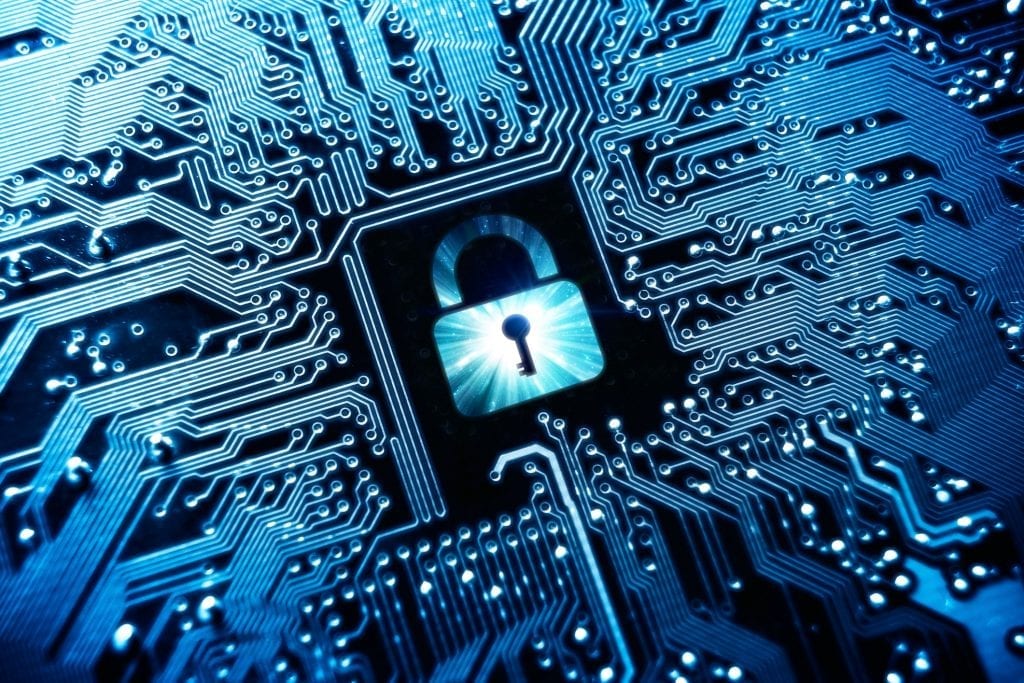How Robust Data Destruction Boosts Your Overall Cyber Security Actions
How Robust Data Destruction Boosts Your Overall Cyber Security Actions
Blog Article
How Proper Data Devastation Adds to Robust Computer System Safety And Security Solutions and Mitigates Threats of Information Breaches
In today's digital landscape, the relevance of appropriate information destruction can not be overstated, as it acts as an essential element of detailed computer system safety services. By implementing reliable data erasure strategies, organizations not just shield sensitive details from unauthorized accessibility but likewise reinforce their compliance with regulative frameworks - data destruction. The ramifications of poor data destruction prolong beyond plain conformity; they can profoundly impact a company's cybersecurity position and reputation. Recognizing these dimensions increases vital inquiries regarding the techniques in position and their effectiveness in an age of escalating cyber dangers.
Relevance of Information Destruction
In today's digital landscape, the significance of data damage can not be overstated. As companies significantly rely upon digital assets, the prospective threats related to information breaches and unapproved access intensify. Effective information damage is a crucial part of a thorough info protection approach, safeguarding delicate details from coming under the hands of harmful actors.
When data is no more required, merely deleting documents or formatting disk drives wants. Recurring information can typically be recovered utilizing conveniently available tools, posing significant risks to both companies and people. This highlights the requirement for durable information devastation methods that make sure all data is irretrievably removed.
Additionally, regulative compliance mandates, such as GDPR and HIPAA, highlight the obligation to protect delicate information, including its correct disposal. Non-compliance can cause extreme legal effects and punitive damages. data destruction. Hence, integrating reliable data devastation procedures not only improves security however also fortifies a company's reputation and reliability

Techniques of Secure Information Erasure
A number of effective approaches of safe information erasure can be utilized to ensure that delicate information is completely eliminated from storage devices. One commonly identified method is information overwriting, which entails replacing existing information with arbitrary patterns several times. This approach dramatically decreases the opportunities of data healing, although it might not work against advanced forensic techniques.

Physical devastation is also a trusted method, where storage gadgets are made pointless through shredding, crushing, or incineration. This method makes sure that information can not be recuperated by any means yet requires careful handling of unsafe materials.
Last but not least, specialized software program devices developed for safe information erasure supply performances that follow numerous erasure requirements. These tools usually consist of functions like verification processes to validate effective data damage.
Utilizing these methods in mix can boost information protection and minimize the risks connected with information breaches, ensuring that delicate info is not inadvertently revealed.
Legal and Compliance Considerations
The approaches utilized for secure information erasure not just serve to secure sensitive details but additionally should straighten with legal and conformity frameworks controling information protection. Organizations are called for to stick to numerous guidelines, such as the General Data Defense Policy (GDPR), the Wellness Insurance Coverage Transportability and Accountability Act (HIPAA), and the Repayment Card Sector Data Safety Criterion (PCI DSS) These policies mandate certain methods for data dealing with and devastation, guaranteeing that personal and sensitive information is irretrievably gotten rid of when no longer needed.
Failure to follow these lawful requirements can result in considerable fines, including penalties and reputational damages. Additionally, companies need to keep records of data devastation processes, demonstrating conformity during audits or investigations. This paperwork not just protects against lawful effects however also enhances trust with consumers and stakeholders, showcasing a commitment to data safety.
Integrating legal and compliance considerations into data destruction practices is necessary for any kind of organization. It reduces the danger of information violations and illustrates a positive approach to securing delicate information, eventually fostering a society of protection and responsibility across the organization.
Influence on Cybersecurity Pose
Reliable information damage significantly improves a company's cybersecurity stance by reducing the potential strike surface area for cyber dangers. When sensitive data is not properly damaged, it stays available to malicious actors that can manipulate this details for unapproved access, identification theft, or corporate reconnaissance. By executing durable information destruction methods, companies can efficiently minimize the threat of information breaches and boost their overall safety and security structure.
In addition, the secure disposal of unneeded or out-of-date information not just secures sensitive info yet additionally helps organizations adhere to market laws and criteria. Failing to adequately ruin information can result in extreme legal consequences and reputational damage, more compromising a company's cybersecurity position.

Eventually, prioritizing efficient information damage is crucial for fostering a robust cybersecurity pose, ensuring that companies remain vigilant against progressing cyber risks while protecting their crucial properties and stakeholders.
Ideal Practices for Organizations
Carrying out finest practices for data damage is essential for companies intending to safeguard sensitive details and minimize cybersecurity threats. Companies must establish a comprehensive information damage useful link policy that lays out treatments and responsibilities. This plan must follow appropriate policies, such as GDPR or HIPAA, making sure legal consistency.
Secondly, it is necessary to use approved information sanitization approaches, including data cleaning, degaussing, and physical destruction, customized to the sort of information and storage space medium. Using licensed professionals for information destruction solutions enhances the reliability of these techniques.
Moreover, organizations should keep an in-depth inventory of all information storage tools, ensuring that all outdated or changed tools goes through damage. Routine audits of data damage practices can aid improve and recognize weak points compliance.
Worker training is one more vital facet, as staff has to understand the relevance of data damage and image source adhere to developed procedures. Ultimately, organizations should document all information destruction tasks to supply accountability and traceability, which can be important throughout audits or in the occasion of a breach.
Verdict

One widely identified approach is data overwriting, which entails changing existing information with random patterns several times.The methods used for safe information erasure not only serve to shield sensitive info yet also has to align with lawful and conformity frameworks regulating data defense. These guidelines mandate particular protocols for information handling and devastation, guaranteeing that sensitive and personal information is irretrievably gotten rid of when no longer needed.
By carrying out robust information devastation methods, companies can effectively reduce the danger of data violations and boost their total security framework.
In verdict, correct data devastation is crucial for boosting computer system safety and security solutions and reducing the dangers associated with information violations. - data destruction
Report this page